IgA1, IgA2, Total IgA
(Specimen Container)
SST (Tiger Top)
(Transport Temperature)
| Temperature | Period |
|---|---|
| Room temperature | 5 days |
| Refrigerated | 15 days |
| Frozen | 30 days |
Gross hemolysis
Lipemic
Fasting preferred
“IgA Subclasses – IgA, the predominant immunoglobulin secreted at mucosal surfaces, consists of 2 subclasses. IgA1 is the major subclass and accounts for 80% of total IgA in serum, whereas IgA2 is the major subclass in secretions such as milk. Low concentrations of IgA2 with normal IgA1 levels suggest an IgA2 deficiency. Antigenic sites on the IgA subclasses are responsible for the anaphylactic transfusion reactions experienced by some patients totally deficient in either IgA1 or IgA2. After repeated transfusions, such patients may produce antibodies to these antigens. Thus, IgA subclasses are useful in evaluating patients with anaphylactic transfusion reactions. Elevated concentrations of IgA2 with normal or low amounts of IgA1 suggest a clonal plasma cell proliferative disorder secreting a monoclonal IgA2. Grossly elevated levels of either subclass can occur in patients with IgA myeloma. IgA subclasses are of further importance in certain pathogenic microorganisms, including haemophilus influenzae, which are capable of enzymic cleavage of IgA1, leading to partial inactivation of this subclass. Recurrent sinopulmonary infections may, therefore, be related to deficiency of IgA2, which is resistant to these organisms.
See Laboratory Report

